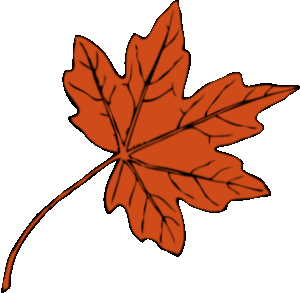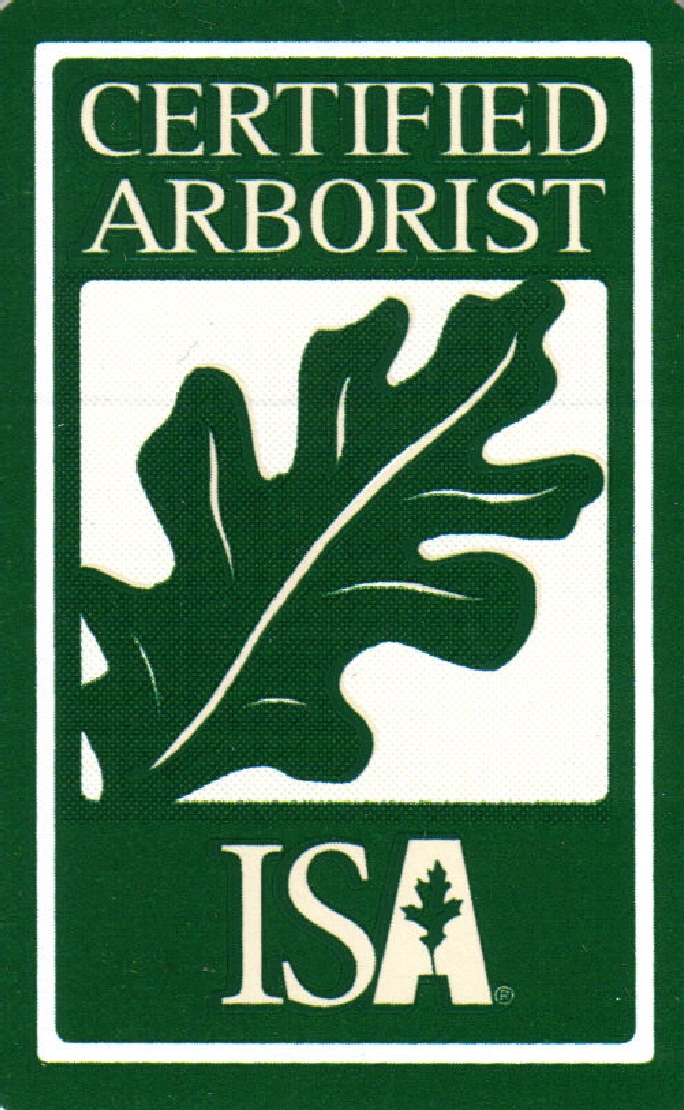- Die back in sections
- Tents similar to the ones on the right of the page
- Leaf loss or holes in leaves
- D-Shaped entry wounds
- Larvae or insects are present in tree



Identify
Leaves
Trunk
Betulaceae family








Common Name: Ironwood
Scientific name: Carpinus coroliniana
Leaves: Alternate arrangement, 2-4" long, ovate and double serrate
Bark: Dull gray tones, furrowed near the base, vertical veins in bark, corrugated
Height: 30-40' max.
Spread: 20-30'
General info: Ironwood are often found in wooded areas along with oaks. They are slow growing and a shorter shade tree. Another common name for this tree is a hornbeam. Though it may seem odd that this tree is a part of the birch family it shares many characteristics including leaf structure, shape, and seeds.
Pests and diseases: Two-lined chestnut borer has made many of these weaker trees a host. Since most are under larger oak trees they are rarely treated.
Common Name: Paper Birch
Scientific name: Betula papyrifera
Leaves: Alternate, ovate, 1-5" long, 2-4" broad, double serrated
Bark: Smooth white, flaking horizontally, small black marks and scars
Height: 60'-130' tall at max
Spread: Variable
General info: Often a multi-trunk tree with very good elasticity. This water loving tree is commonly found in Canada. Cold weather loving tree turns a beautiful yellow shade in the fall. Often sought after for decorative purpose or for its light colored wood in flooring, furniture and other wood working projects.
Pests and diseases: Bronze birch borer is the main pest of this tree. Other common problems include Japanese beetles, chlorosis, and aphids.
Common Name: River Birch
Scientific name: Betula nigra
Leaves: Alternate arrangement, 1-3" long, 1-2.5" broad, ovate and double serrate
Bark: Variable, dark gray brown to pinkish brown. Exfoliates in curly paper sheets
Height: 80-100' max.
Spread: Variable
General info: River birch or water birch are often found along rivers extending as far north as Southern Minnesota. This water loving tree is used to low ph conditions. Often multi-trunked and planted near homes in residential landscapes.
Pests and diseases: Iron chlorosis is often the worst issue when planted. Other issues include Japanese beetles and aphids.
Common Name: Yellow Birch
Scientific name: Betula alleghaniensis
Leaves: Alternate arrangement, 2-5.5" long, 1.5-4" broad, ovate and double serrate
Bark: Golden trunk color, smooth in texture, flaking in fine horizontal stripes
Height: 50' max.
Spread: 20-30'
General info: This tree can commonly be found in the north-eastern United States extending as far west as Minnesota. They are water loving like most other birch trees and lower PH soil is optimal.
Pests and diseases: Bronze birch borer are a major pest of this tree.


